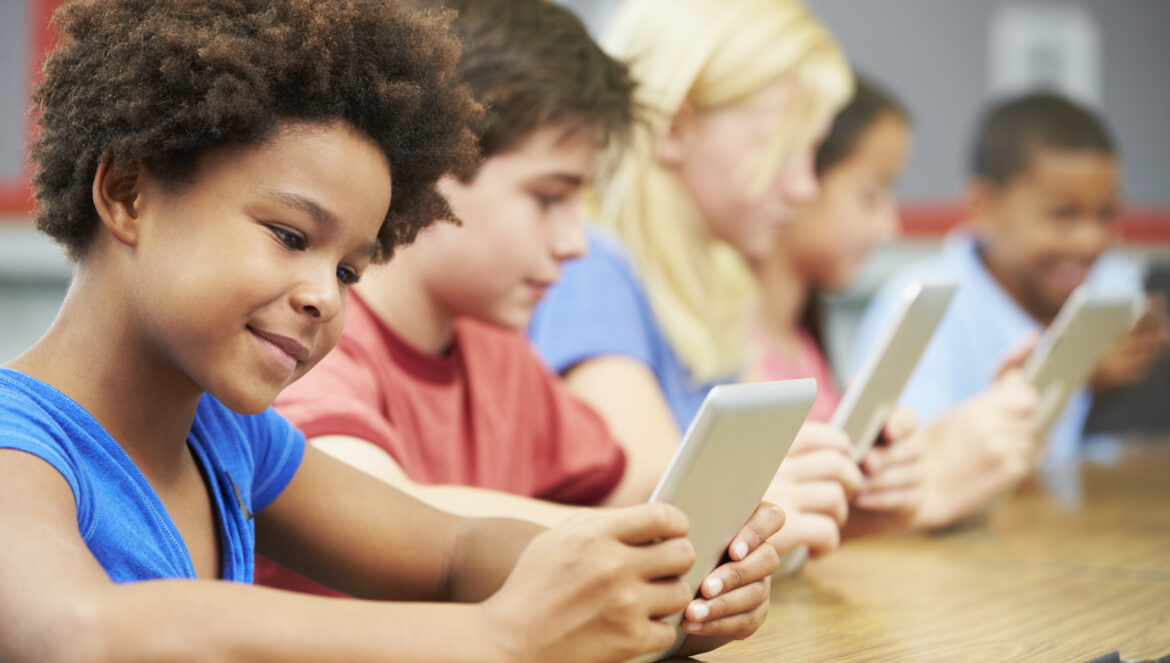Table of Contents
Fall is here, a chill is in the air, and the school year is in full swing. This time of year always makes me a little nostalgic for my previous life as a museum-based educator. At about this time of year, schools would begin to take their classrooms to museums, science centers, historical sites, and more for their first field trips. To see the students we served bound off their buses, their faces alive with excitement and energy, was one of the best experiences of my life.
During the time I spent working in the informal education space—most recently at the Utah Society for Environmental Education and previously at a variety of community-based organizations — I found that the biggest obstacle I had to overcome with my students was, just as it is for my colleagues in more formal educational settings, engagement. The students pouring into the various organizations I worked at before entering the EdTech world were eager for the change of pace, distracted by their new surroundings, and excited about the topic of our lessons that day. Occasionally, this made engaging students in the lessons at hand challenging. So, I turned to a variety of strategies to meet these students where they were and engage them in learning.
The Growth of EdTech in the Classroom
From when I started in informal education to my current role supporting educators using digital resources nationwide, I have seen edtech’s ability to quickly engage students in the lessons at hand grow exponentially. Importantly, I have had the opportunity to work with school systems nationwide on our joint mission to support the success of all learners. Between those experiences, I have seen first-hand the power of EdTech to grab students’ attention and engage them in learning.
Creating an Interactive and Engaging Learning Environment
If you are new to using EdTech as an engagement tool in the classroom, there are many ways to get started. Here are a few of my favorites I have collected over the years, both from my personal experience and from the classroom educators I have worked with:
- Short videos can hook students to introduce a topic or kick off an engineering challenge. Media breaks down complex topics and combines visuals and audio, supporting different learning styles. Utilizing video resources can incorporate real-world scenarios, show how something works, feature compelling storytellers, springboard collaborative discussion, and inspire students to innovate.
- Use Virtual Field Trips (VFT) to give students a backstage pass to visit exciting new places and people. Virtual Field Trips eliminate geographical constraints, allowing students to explore places and experiences that may be otherwise inaccessible. The storytelling elements and sense of being present in a different location inspires curiosity and captivates student interest.
- Hands-on problem-solving with virtual labs presents real-world problems that require hands-on problem-solving skills. All learners are active participants, creating a highly interactive environment. When students see the direct impact of their efforts and produce tangible results, they are more likely to feel motivated and engaged. Plus, the virtual nature of these activities doesn’t require additional resources.
Personalization of the Learning Experience
- Invite students to role-play exciting careers or transport students to new locations using immersive learning experiences. Immersive learning provides unique experiences with scale, perspective, and spatial development, creating a multisensory world to explore. Students have the flexibility to explore and progress at their own pace, increasing motivation and a sense of ownership. Have them watch a short video introducing the career prior to the activity, then watch their creativity and take it from there.
- Student choice helps drive engagement and foster agency in and out of the classroom. By creating multiple opportunities—from digital quizzes to virtual portfolios to recorded videos and even regular term papers and presentations—to access information and highlight new understanding, students who are provided with a choice feel in control of what they learn. Student-facing curriculum resources empower students to explore content in ways that ignite their own curiosity.
- Digital interactives allow students to take the driver’s seat and determine their learning pathway. Interactives not only personalize the learning experience but they empower students to explore hands-on concepts that they may not have the opportunity to experience in real life. Learning styles and intersectional content are met through these investigations, inviting students to make meaning through exploration and discovery.
Taking Advantage of Resources
Since the pandemic, educators have enjoyed new-found access to many powerful edtech resources. These tools offer lots of opportunities to unlock student curiosity. Do not miss the opportunity to use them to support teaching and learning in your classroom!

